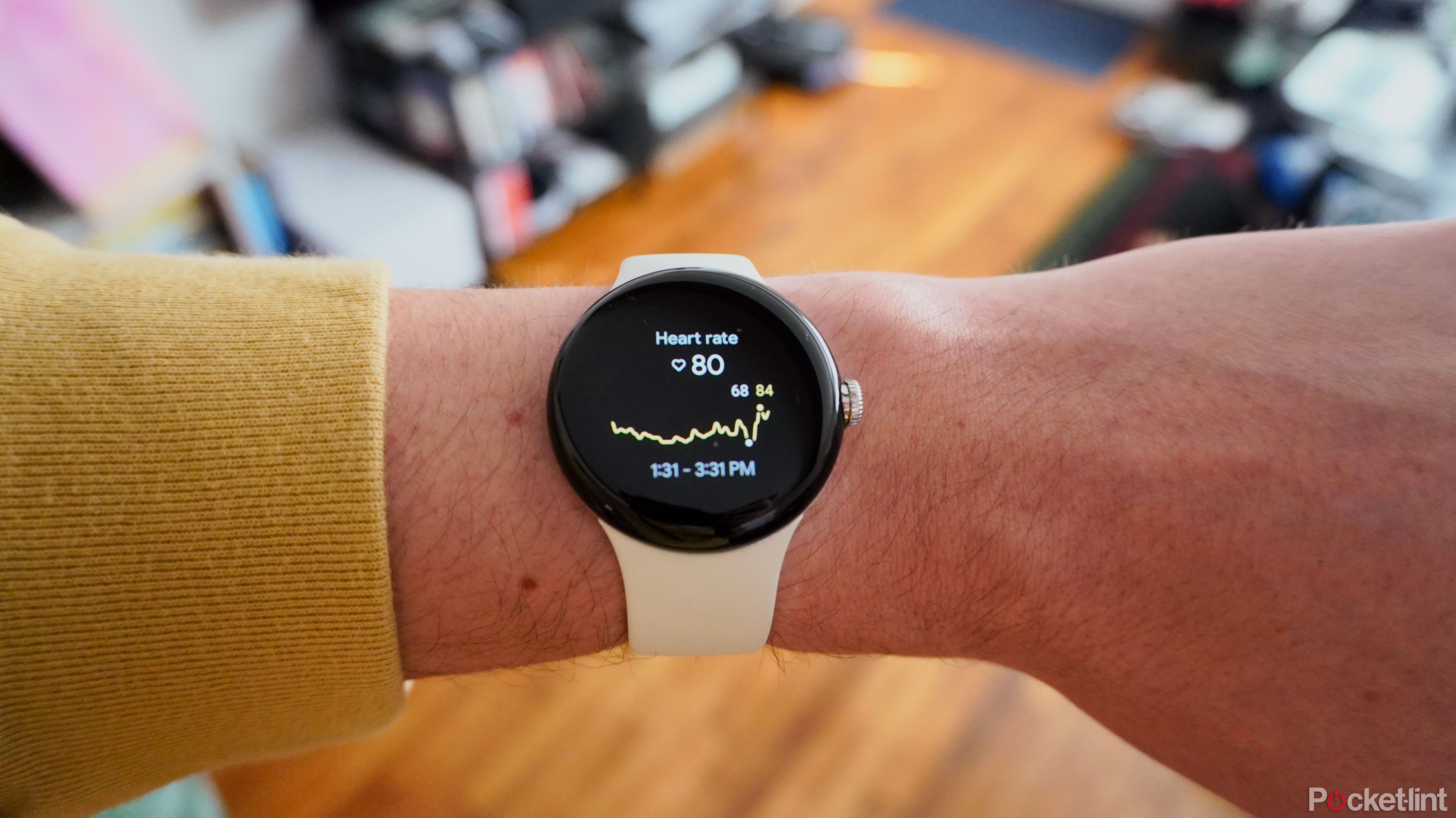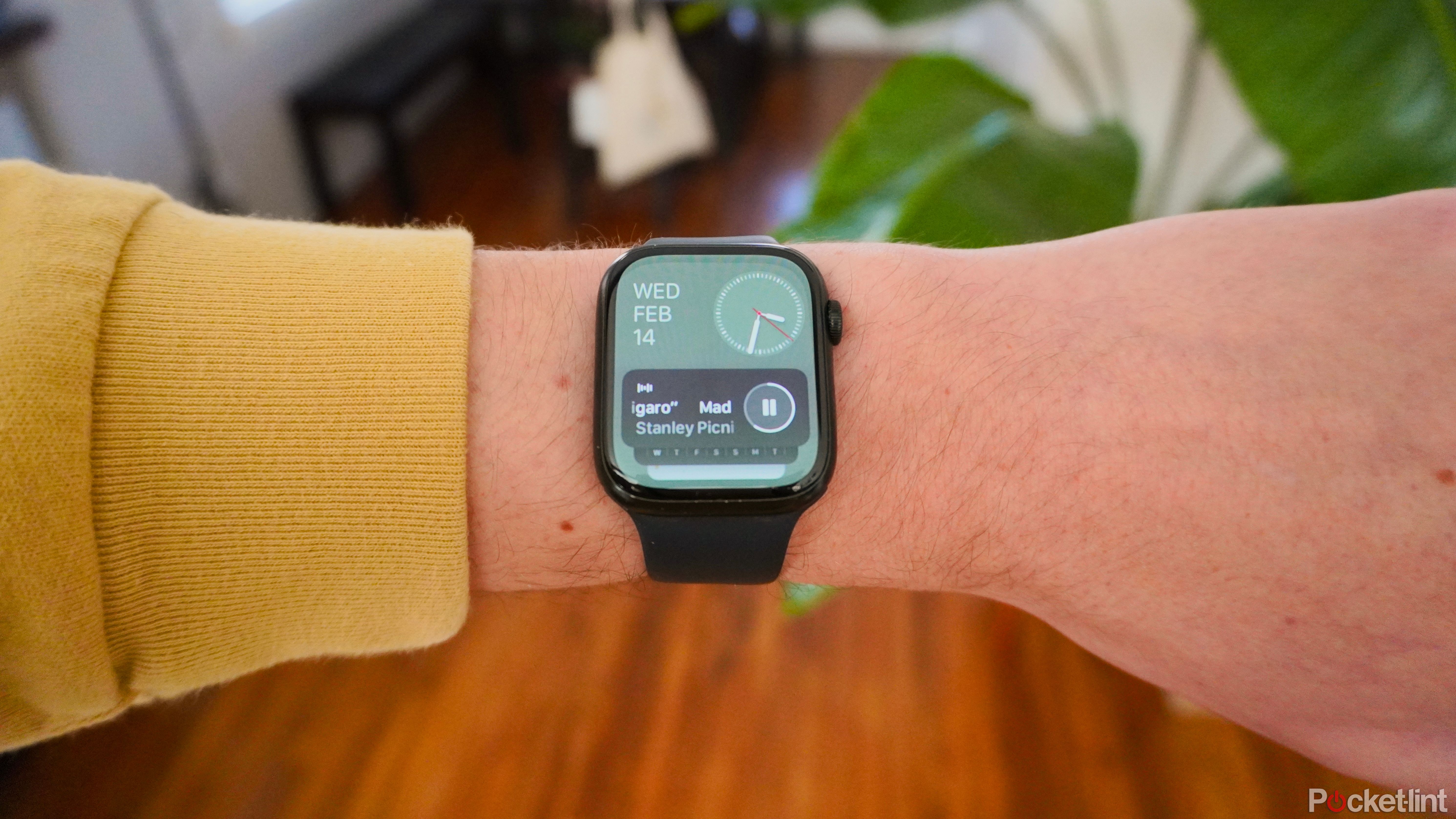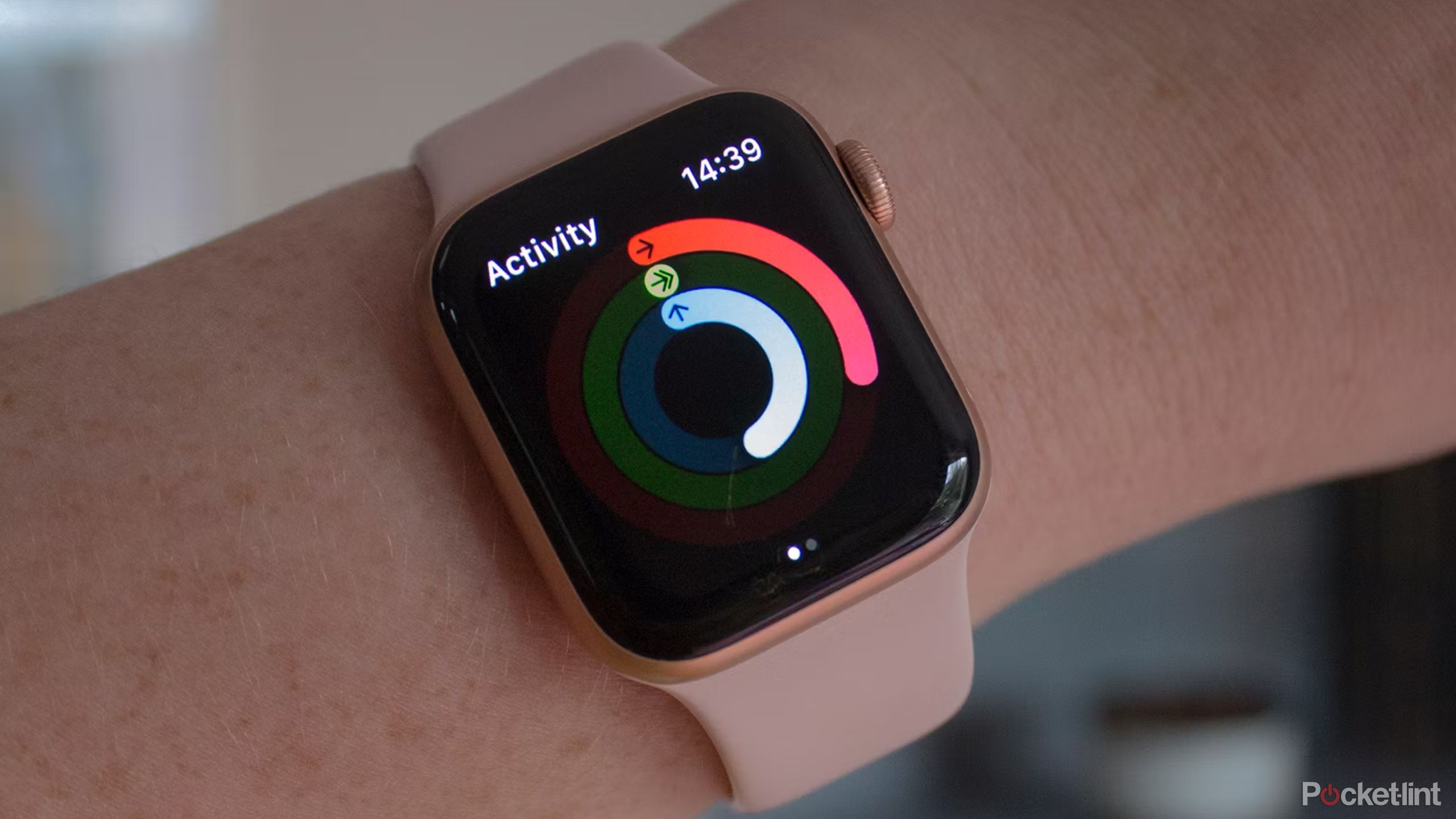Key Takeaways
- Wear OS 4 and watchOS 10 offer similar health and fitness tracking features, but Wear OS 4 has some more advanced options.
- Wear OS 4 displays information through customizable watch faces and tiles, while watchOS 10 uses complications and a ‘Smart Stack’ of widgets.
- Wear OS 4 is more integrated with Google services, while watchOS 10 is better connected to the Apple ecosystem. The choice will ultimately depend on what phone you use.
A decade after the introduction of the modern wearable with the one-two punch of the Pebble smartwatch, Samsung’s Galaxy Gear, and not long after, the Apple Watch, wrist-based operating systems are mature. Regardless of what you’re looking for, tech companies have settled around a few core ideas for what a screen you wear on your wrist should do. And as it stands, two operating systems reign supreme: Wear OS for Android devices, and watchOS for iOS devices.
Both platforms act as companions to their smartphone counterparts while still being capable of taking care of some tasks alone. If you’re particularly interested in a smartwatch as a fitness tracker, you might be surprised at how much it can do without pulling out your phone, but even then, it’s dependent on a smartphone for initial setup.
Best smartwatches: Expert tested and reviewed
From the newest Apple Watches to Android options, these are the best smartwatches for tracking time and fitness, according to our testing.
Google introduced Wear OS 4 on July 26, 2023, and it was officially released to the public on Samsung’s Galaxy Watch 6. Apple announced watchOS 10 at WWDC 2023 on June 5, 2023, and rolled it out to all of its watches on Sept. 18 alongside the Apple Watch Series 9.
With updates to both operating systems likely planned for later this year, you can’t necessarily go wrong picking either if you’re in the privileged position of being able to choose between the two, but there are some things you should consider before you make the jump.
Information display with complications, tiles, or stacks
At their core, Google and Apple designed Wear OS 4 and watchOS 10 to mimic traditional watches. Their “home screens,” if you could call them that, are customizable “dials” or watch faces. Wait long enough and either operating system dumps you back to the watch face if you linger in any app long enough and have the right settings enabled. But how information is displayed beyond that can really diverge depending on where you’re looking.
You get more use out of a Wear OS smartwatch purely because it lets you do and see more without having to open up an app, but you have to do a lot less scrolling on watchOS 10 than you do Wear OS 4.
Complications actually streamline your display
Wear OS 4 features watch faces with dedicated spots for “complications” that can show tiny pieces of information. There’s also a pull-down shade for looking at notifications, easy access to quick settings with a swipe or scroll down, and recent apps and an app launcher, a button press away depending on which button you press.
WatchOS 10 is similar, with complications of various details, a notification shade, and access to the control center or app launcher depending on which side button you press. The big difference between the two operating systems is what they show you beyond that.
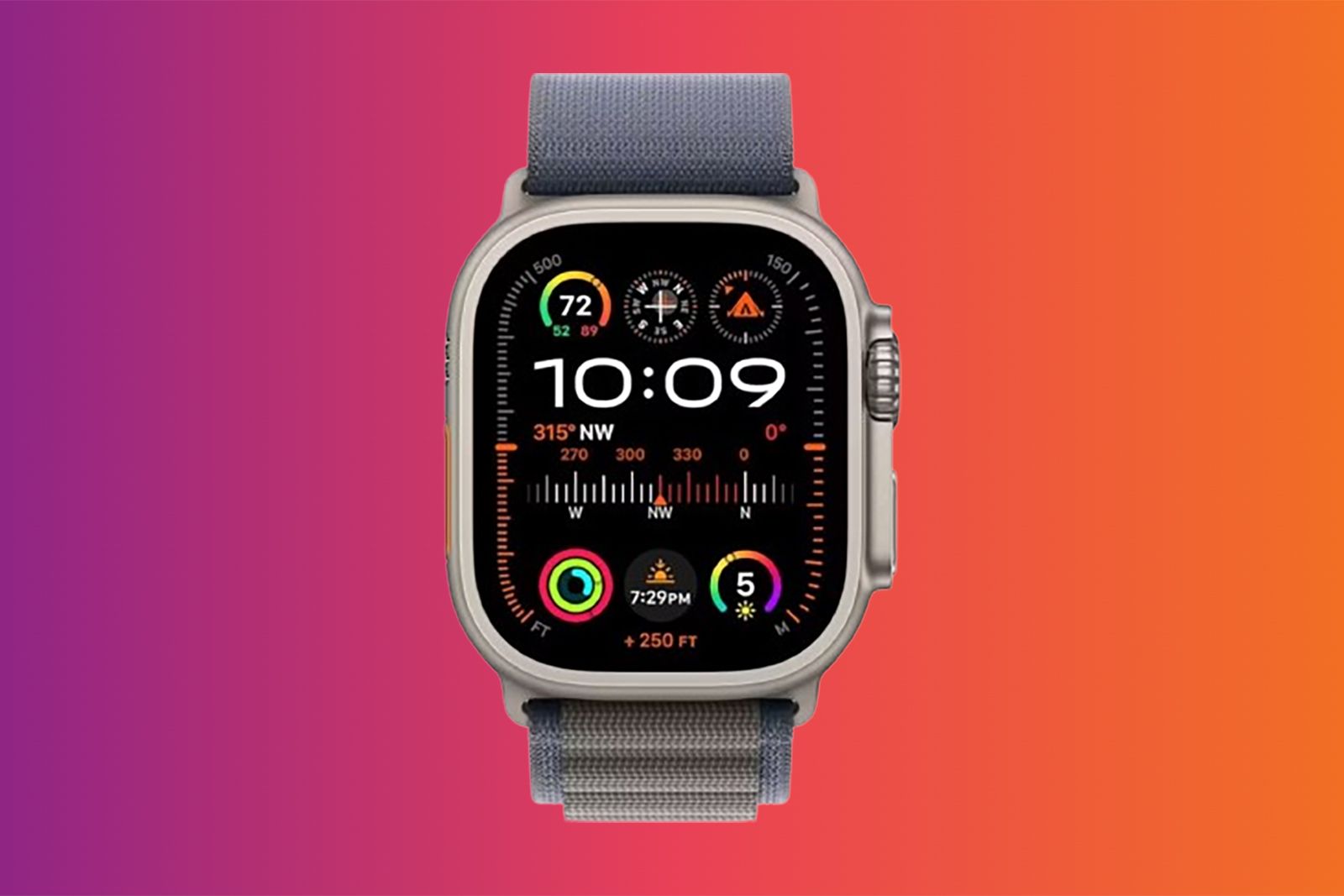
8 Apple Watch complications actually worth adding to your watch face
There are many complications available to put on your Apple Watch face, but these 8 stand out as the best in class.
Google prefers Tiles and Apple favors Smart Stacks
Wear OS 4 features “Tiles,” essentially fullscreen slices of app information and functionality that you can scroll through by swiping on the watch face. Alternatively, on watchOS 10 there’s the all-new “Smart Stack,” a customizable selection of scrollable widgets you can access by scrolling the Digital Crown on the side of the smartwatch. These widgets are smaller than Wear OS tiles, rectangular, and generally offer limited ability to actually do things, just like widgets on the iPhone.
You can definitely get more use out of a Wear OS smartwatch purely because it lets you do and see more without having to open up an app, but you have to do a lot less scrolling on watchOS 10 than you do Wear OS 4.
Health and fitness tracking
Keeping an eye on your health is one of the key promises of wearables and watchOS 10 and Wear OS 4 both support a similar list of health and fitness tracking features, like heart rate monitoring, step and activity tracking, and sleep tracking. The differences between the two have more to do with the hardware of the smartwatches running these operating systems, their companion apps, and the subscription services you can add on.
If you’re purely interested in using your smartwatch as a fitness tracker, Wear OS 4 devices have the upper hand in terms of the features they support
On the Pixel Watch, Wear OS 4 supports things like:
- Stress tracking and management through breathing exercises
- Heart health features like irregular heart rhythm notifications and ECG/EKG measurements
- Sleep tracking, including a whole Sleep Score and Sleep Profile system to offer deeper insights into your sleep hygiene and habits
- Workout features like Auto Workout detection and heart zone training
- When you pay for a Fitbit Premium subscription, you’ll get nutrition tips and filmed video exercises
A Galaxy Watch with Wear OS 4 achieves some of the same features with the Samsung Health app rather than the Fitbit app, including a new sleep apnea detection feature that was just approved by the FDA, and a method for calculating your body composition.
On Apple watchOS, features play it safe but functional
In comparison, watchOS 10 is surprisingly restrained. Apple puts a lot of emphasis on closing the Apple Watch’s “Rings,” visual representations of how much time you’ve spent exercising, burning calories, and standing. But for anything else, you typically need to dive into an app. WatchOS supports heart health must-haves like ECG, irregular heart health notifications, and heart zone training.
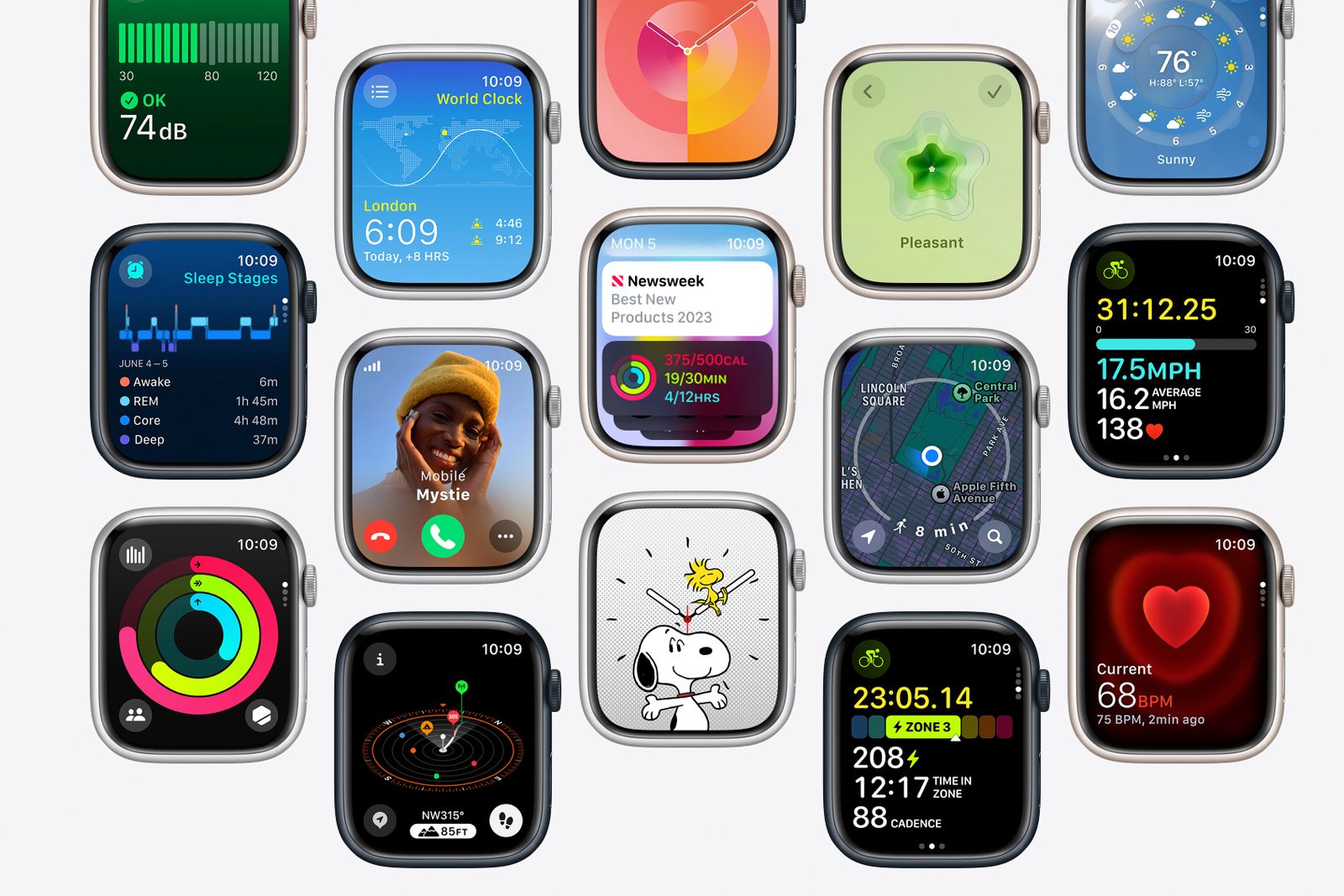
Apple watchOS 10: All the features now available on your Apple Watch
This is everything you need to know about the new major Apple Watch software, watchOS 10, including all the features now available.
Sleep tracking is noticeably deprioritized on Apple’s software in comparison to Wear OS 4, with the company estimating how much time you stayed in each stage of sleep (REM, deep sleep, etc.) but offering little other actionable insights. As of late, the company has also had to completely remove features like checking blood-oxygen saturation on the Apple Watch Series 9, only leaving it available on earlier models and watches sold outside the US.
Like Google, Apple has its own subscription service in Fitness+, which offers well-produced exercise videos and the rudimentary ability to build a workout “plan” for yourself that strings multiple types of activities together, but it’s far from essential.
If you’re purely interested in using your smartwatch as a fitness tracker, Wear OS 4 devices have the upper hand in terms of the features they support, especially on a Pixel Watch or Galaxy Watch. WatchOS 10 just plays it too safe right now.
Ecosystem advantages
As accessories, smartwatches can reap a lot of benefits by being tangentially connected to other devices that play a critical role in your life, like a smartphone. Buy multiple devices from the same company, and you’ll likely find that they all work better together than with products from other companies.
Leveraging Google Workspace, Fitbit, and Google Assistant
Wear OS 4 draws on Google’s extensive suite of services to make smartwatches more useful. Increasingly, you get the best smartwatch version of Google Maps, Gmail, and Google Calendar on Wear OS devices made by Samsung and Google.
The in-depth notification controls you get on an Android extend to notifications on Wear OS 4, Google Wallet is quick to pull up and use, the easiest way to use Google Assistant — and presumably Gemini someday — is by long pressing the side button on a device running Wear OS 4. If you’re deep in Google’s ecosystem, Wear OS 4 is a natural extension.
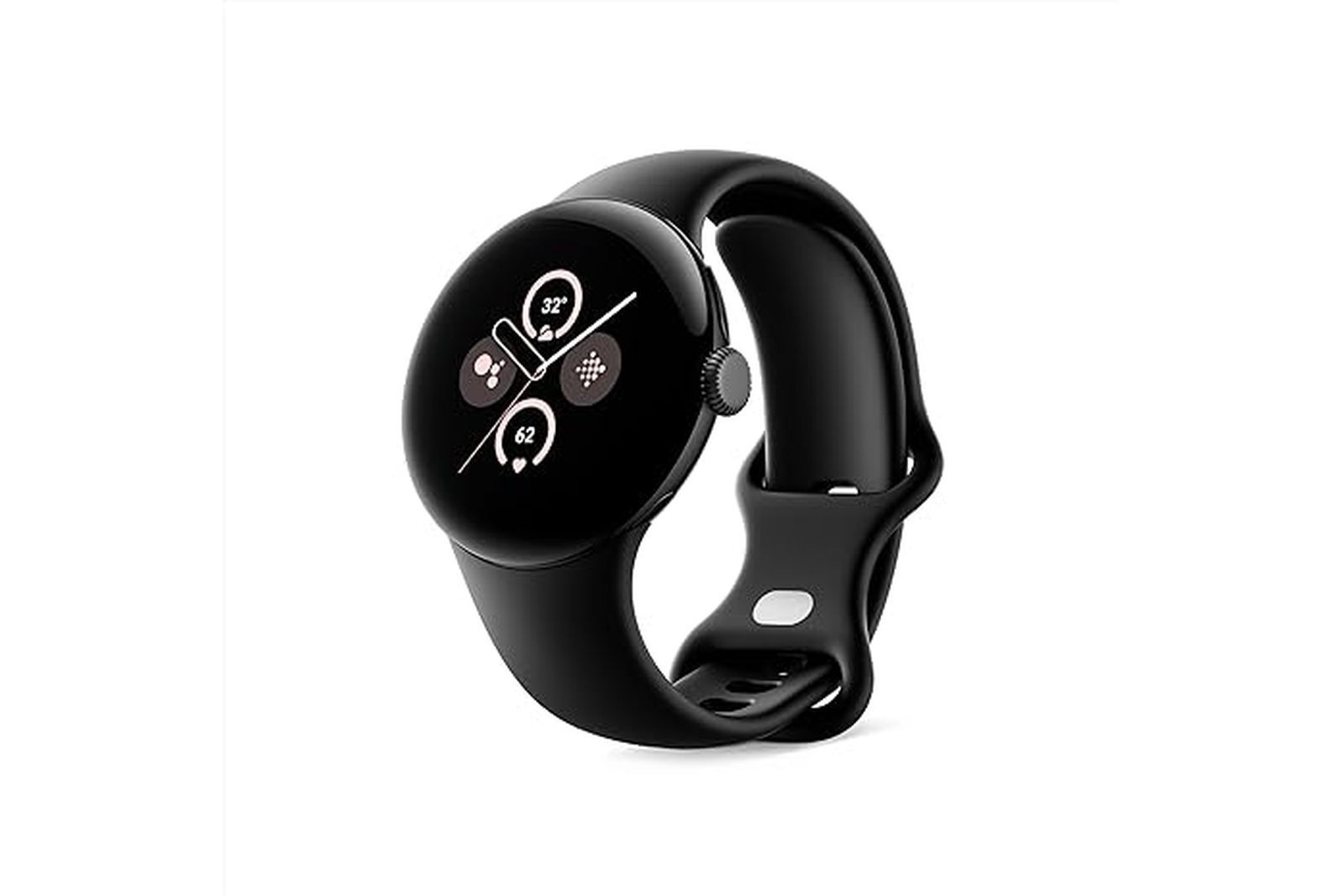
Google Pixel Watch 2 (Wi-Fi)
$300 $350 Save $50
Google’s Pixel Watch 2 is snappier, with access to even more of Google’s apps, and improved integration with Fitbit’s health tracking features.
Apple prioritizes device connectivity, and there’s a lot of devices
Deepening connections between devices and services is a core part of Apple’s strategy with watchOS 10, too. An Apple Watch running watchOS 10 can unlock your phone if your phone doesn’t happen to see your face or read your fingerprint and can do the same thing on a Mac too.
With watchOS 10, you can also easily connect to your AirPods when you’re listening to music on a run, just because you set them up on another device previously. Connecting to another device running Fitness+ for onscreen metrics is similarly simple. And Apple even lets you use watchOS 10 devices to confirm Apple Pay payments on other products.
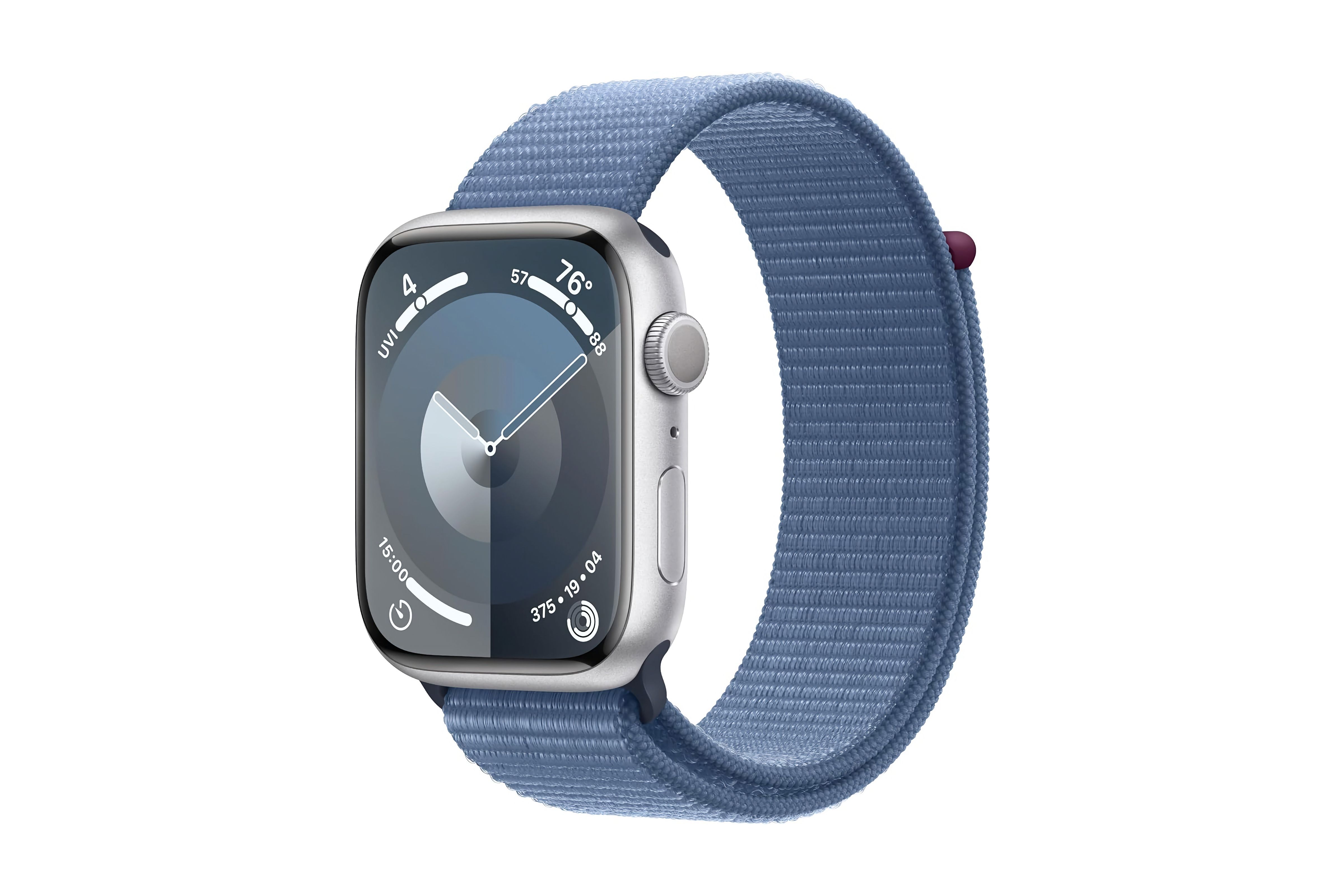
Apple Watch Series 9
$329 $399 Save $70
The Apple Watch Series 9 has a brighter screen, faster processor, and a new gesture-based input system to make it stand out from its predecessors.
In general, Apple makes handing-off content between watchOS 10 and its other operating systems, whether it’s a phone call or notifications, as simple as possible. In comparison to Wear OS 4, watchOS 10 leverages its ecosystem to a greater extent than any other smartwatch operating system, but some of that has to do with Apple having a larger ecosystem of devices to work with than Google does.
Which is better for me, Wear OS 4 or watchOS 10?
If you’re curious about using your new smartwatch as a fitness tracker, you’ll get deeper insights into your health on a device running Wear OS 4, for now. Wear OS 4 should score similar points if you’re interested in your smartwatch providing as much passive information as possible. Tiles in Wear OS just do a lot more than widgets or complications do on watchOS 10.
Where watchOS 10 shines is its connection to the iOS and the rest of Apple’s ecosystem, and the efficiencies it helps Apple achieve by being designed in concert with Apple Watch hardware. Apple makes a simpler and more battery-efficient smartwatch operating system overall.
If you own an Android phone, you’ll get the best experience using Wear OS 4, the software Google designed. If you’re using an iPhone, your only option for direct connection to your phone is watchOS 10. It’s unfortunate that it’s so consolidated at this point, but it’s the reality of the situation at the moment.
The reality of the situation for anyone having to pick between Wear OS and watchOS, however, is that the decision has probably already been made for you. If you own an Android phone, you’ll get the best experience using Wear OS 4, the software Google designed. If you’re using an iPhone, your only option for direct connection to your phone is watchOS 10.
Third-party options exist, but not with the same deep integration that Google and Apple’s operating systems have with their respective smartphone platforms. It’s unfortunate that it’s so consolidated at this point, but it’s the reality of the situation at the moment.
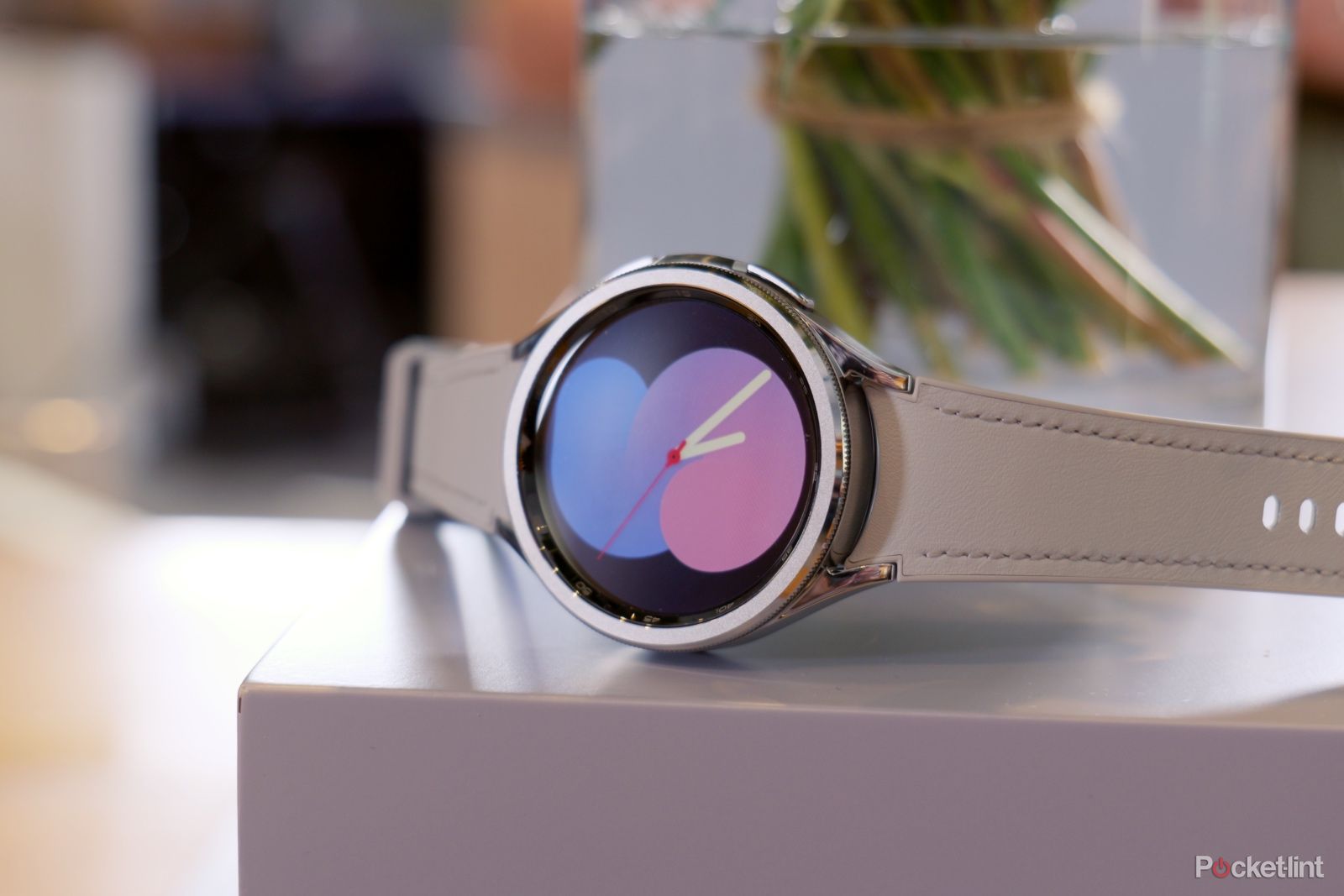
Wear OS 4: Everything to know about Google’s next smartwatch software update
Wear OS is on the way – find out all the key details here.
Trending Products

